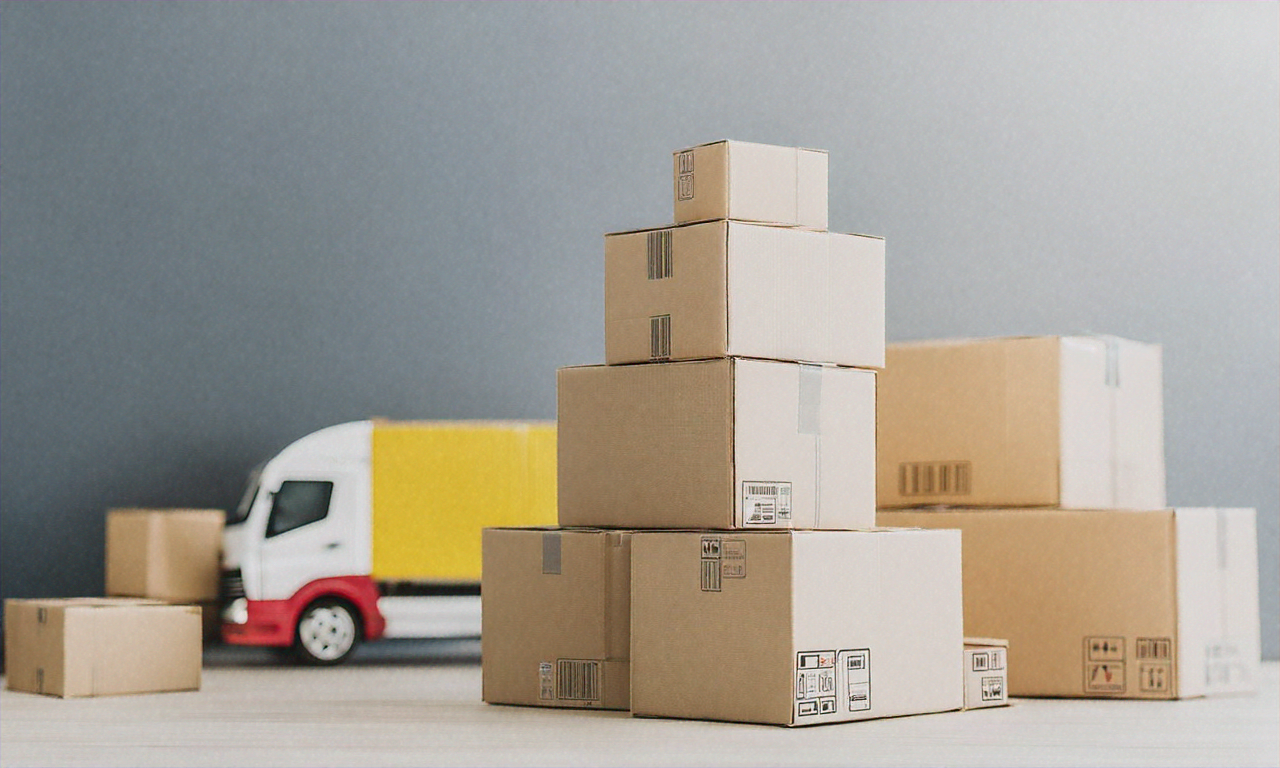The Rise of Home-Based Packaging Roles: Myth or Reality?
As remote work options expand, the concept of home-based packaging jobs has captured attention. But are these roles as prevalent and accessible as they seem? This article explores the realities of the packaging industry's remote work landscape, examining potential opportunities, required skills, and important considerations for those intrigued by this trend.

Understanding the Packaging Industry’s Remote Work Landscape
The digital age has transformed numerous industries, including packaging and logistics. With e-commerce booming, many wonder if packaging jobs have truly become a viable work-from-home option. Let’s delve into the realities of this sector and separate fact from fiction.
The Nature of Packaging Work
Packaging roles typically involve preparing items for shipment or storage. Tasks may include sorting products, secure wrapping, container selection, and labeling. While these functions are crucial in e-commerce and logistics, the extent to which they can be performed remotely varies significantly.
The Remote Packaging Job Phenomenon: Separating Hype from Reality
The idea of remote packaging jobs has gained traction, but it’s essential to approach this concept with a critical eye. While some aspects of packaging work can be done remotely, many core functions still require on-site presence due to equipment needs and quality control standards.
Some companies have experimented with decentralized packaging models, but these are often exceptions rather than the rule. It’s crucial to verify any remote packaging job opportunities thoroughly, as some may be misleading or even scams.
Skills and Qualifications for Packaging Roles
Whether remote or on-site, packaging jobs require specific skills:
- Attention to detail
- Physical stamina and dexterity
- Time management
- Basic computer literacy
- Understanding of packaging materials and techniques
For any remote components, strong self-motivation and the ability to work independently are also vital.
Finding Legitimate Packaging Opportunities
When exploring packaging job opportunities, consider these steps:
- Research companies thoroughly before applying
- Be wary of positions requiring upfront payments
- Verify job postings on official company websites
- Network within the logistics and e-commerce industries
- Consider starting with on-site roles to gain experience
Remember, while fully remote packaging jobs are rare, hybrid models or roles with some remote components may exist in certain companies.
Pros and Cons of Packaging Careers
Advantages: - Growing industry with steady demand - Opportunity to gain logistics experience - Potential for advancement in larger companies
Disadvantages: - Physical demands and repetitive tasks - Limited remote work options in reality - Entry-level positions may offer lower wages
Major Players in the Packaging and Logistics Industry
Several large companies dominate the packaging and logistics sector:
- Amazon: Known for innovative fulfillment solutions
- FedEx: Offers various packaging and shipping roles
- UPS: Provides global logistics services
- DHL: Specializes in international shipping and packaging
While these companies offer numerous jobs in packaging and related fields, it’s important to note that fully remote positions in packaging are not commonly advertised. Most roles require at least some on-site presence.
The Future of Remote Work in Packaging
As technology evolves, the potential for remote work in packaging may increase. Innovations in robotics and AI could lead to more decentralized operations. However, for now, those interested in packaging careers should be prepared for primarily on-site work, with possible hybrid arrangements in some cases.
Conclusion: Navigating the Packaging Job Market
The packaging industry offers numerous opportunities, but the reality of remote work in this field is more limited than some might expect. Job seekers should approach supposed remote packaging opportunities with caution, thoroughly research potential employers, and be prepared for roles that likely involve on-site work.
For those passionate about logistics and e-commerce, starting with traditional on-site packaging roles can provide valuable experience and potentially lead to positions with more flexible arrangements in the future. As the industry continues to evolve, staying informed about technological advancements and industry trends will be key to identifying emerging opportunities in this dynamic sector.




